Behind The Camera With Viggo Mortensen
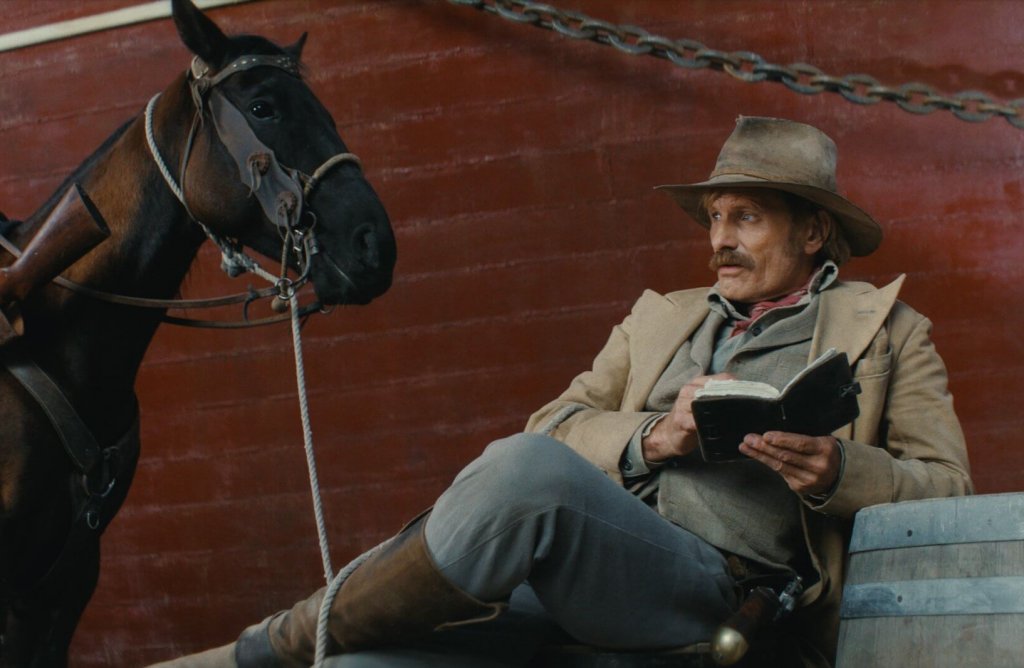
He stood behind the camera for his second feature film, The Dead Don’t Hurt. If he could, he would be back in the directing chair, tomorrow. He has three Academy Award nominations for Best Actor for The Green Book (2019), Captain Fantastic (2017), and Eastern Promises (2008), and countless other prestigious nominations for his work. His portrayal of ‘Aragorn’ in Peter Jackson’s The Lord of the Rings franchise also holds dear memories for audiences worldwide. Viggo Mortensen has established himself as an actor who defines the film industry, but as he ventures into directorial territory, he shows audiences that he is capable of even more. Mortensen’s new Western, The Dead Don’t Hurt, tells the story of two immigrants in the 1860s, Holger Olsen (Viggo Mortensen) and Vivienne Le Coudy (portrayed by Vicky Krieps of Phantom Thread and Corsage), who fall in love but are separated by the American Civil War. Mortensen’s skills behind the camera offer the Western genre a fresh coat of paint and break down the stereotypes audiences commonly associate with the genre. The lens focuses on Vivienne’s story and her fight against the ruthless patriarchy.
FRONTRUNNER sat down with Mortensen to discuss how the human imagination is much darker than anything shown on screen, how most Westerns failed to represent the diversity that was always present, the unawareness around how women are affected by wars, and using the power of silence as a tool of communication.
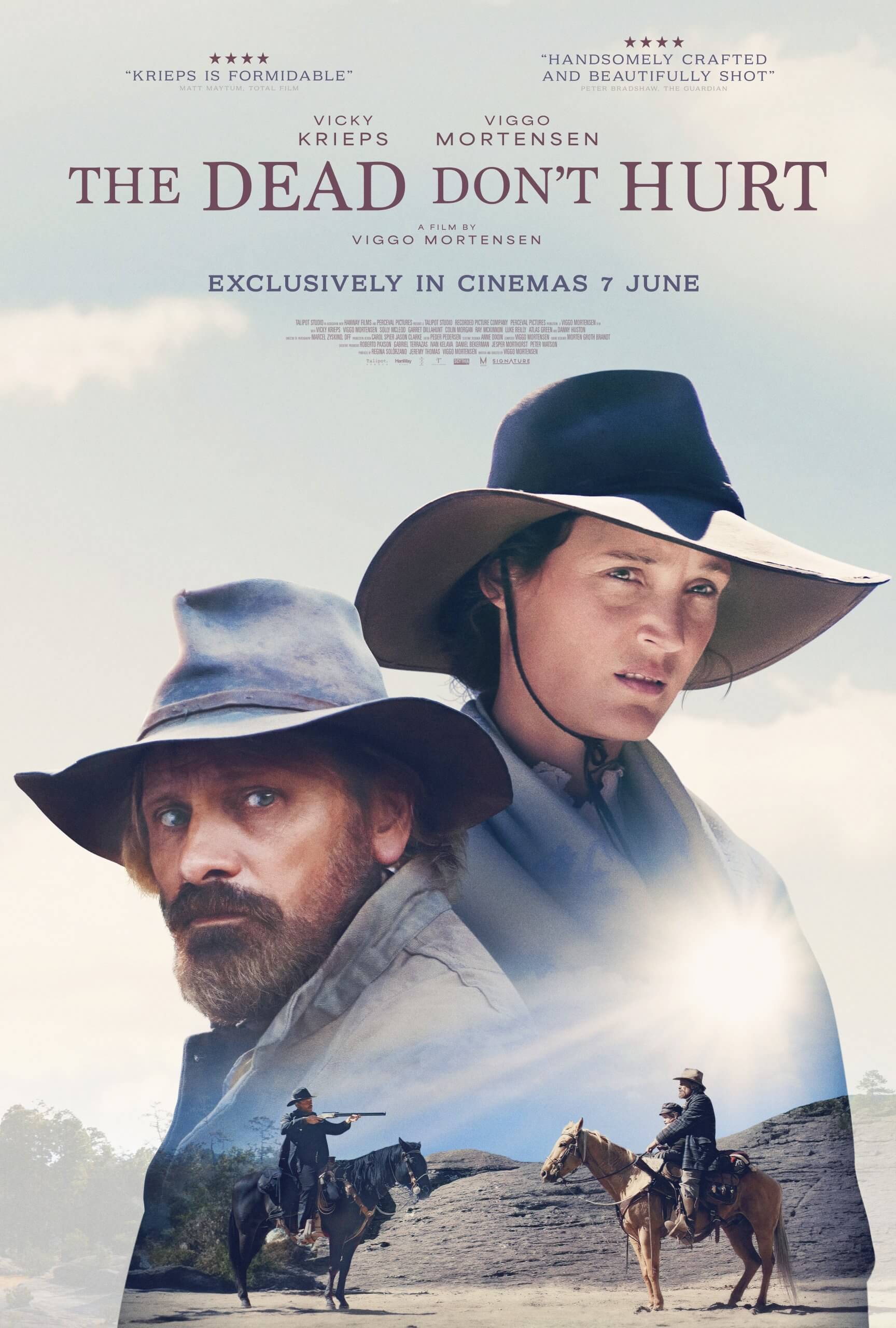
Viggo Mortensen
UK Poster
You directed, wrote, and starred in your new film, The Dead Don’t Hurt. How did this come to be, and what inspired you to tell this story as a modern take on the Western genre?
The story starts with this image of a little girl playing in the forest. She is mischievous and playful with a big imagination. I think that’s how my mother was as a girl. This girl becomes a woman, Vivienne Le Coudy (Vicky Krieps). Her personality is as my mother’s was – adventurous, curious about people and life, stubborn, and independent-minded. That was the inspiration. I thought I would put this strong woman in the West in the 19th century, which would make things more difficult for her.
Although the story is set in the 1860s, many of its themes remain familiar, especially when considering women’s issues. How has today’s social and political atmosphere helped you shape the film’s characters?
I didn’t think about that while writing the script. My point of departure isn’t conceptual, ideological, or political. However, in any story where human beings act like people and have believable problems, conflicts, disagreements, and injustice, you will naturally compare it to your family and community. It’s interesting when audiences see the movie, and there is a panel afterward– they come up with ideas that hadn’t occurred to me. I like that exchange. I made this movie, I have a point of view about it, but then you see it, and it becomes your movie.
Audiences often pick up on different things and emphasise points they can relate to. For some people, generational trauma and how that shapes family relationships will be an evident message of the film.
That comes with injustice. Many people who have seen the film picked up on themes of how some get away with everything through impunity and power. They don’t go to jail like other people do and things like that. I can see why they would.
It’s refreshing to see how the protagonist playing opposite you, Vivienne, is an independent woman and not reliant on a so-called breadwinner, or male hero. She leads her own life and does not ask for permission. Despite all the physical and emotional scars left on her by Weston Jeffries (Solly McLeod) and his clan, her story goes on to inspire many more women and girls who experience abuse. It’s a sensitive topic, but you delivered it so tastefully. How was this journey during the production process?
I don’t want to ruin it for someone who hasn’t seen the movie, but yes, something happens. For one thing, you never see these in Westerns, and to be honest, in most movies, but her male partner goes to fight in the war, yet we never see that side of the story. The audience stays with Vivienne, which is unusual. Normally, the story would shift to the war as that’s more important, and she would reappear in the story once or twice, but she’d become irrelevant.
When the partner comes back, she might be dead, gone off to marry someone else, or she is there, and she cries of happiness and runs into his arms. What about her? What has she been doing? What happens to young girls when their dads leave, or what happens to women? What do they do? What things do they have to think about? I am sure there were many women like Vivienne, but people haven’t been interested in telling those stories. Back then, some must have written diaries, but those are rarely storied because journalists or novelists, who were probably predominantly men, didn’t document them. Mari Sandoz, a daughter of Swiss immigrants, wrote some great stories about the West and even some women, but it was unusual. Back then, movies were very male-oriented, especially westerns.
There’s a certain myth about the foundation of the United States, the progress going westward, how God wanted it this way, it’s ours to take. The usual colonialism and imperialism argument that people always have. Unless you were a Native American and an indigenous person, you came from lots of different places. You sometimes see them in Westerns, but they are not usually ever the main characters. In The Dead Don’t Hurt, you have two people who don’t have English as their first language. You see other characters, such as the piano player Claudio (Rafel Plana). It was not only important to have the movie historically correct but to get accurate diversity within the population.
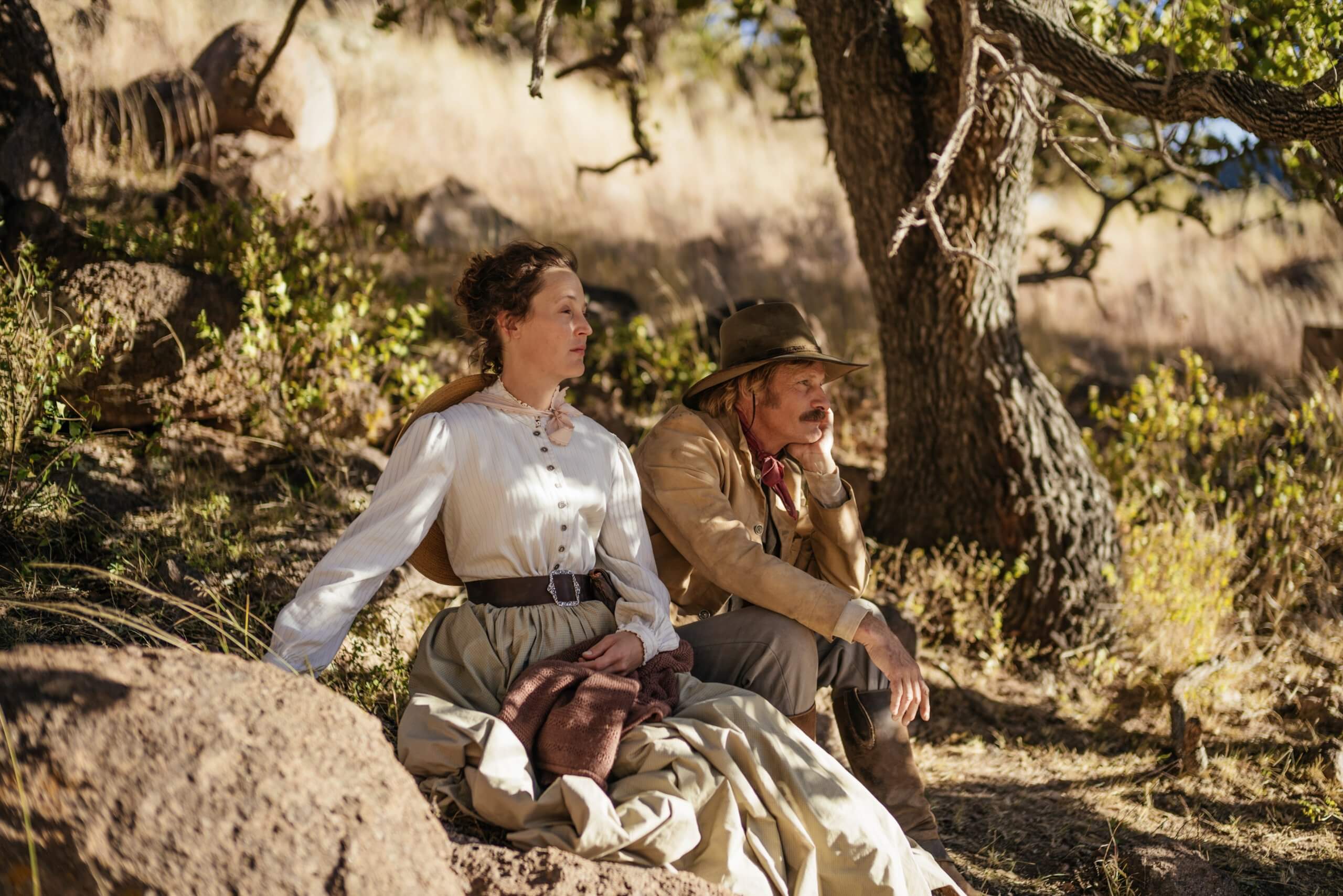
Signature Entertainment
It’s brilliant to see the bilingual foundation of the film and how the interactions between Holger and Vivienne are sometimes comical. The language barrier and the cleverness in expressing oneself when lacking the right words offer the characters such a great arc. Was this always the intention?
I wrote the characters that way. Claudio was an interesting character because I was trying to find an actor who could play the piano well. I didn’t want to do the usual trick where you show the hands of the piano player and then show the actor pretending. I wanted the freedom to shoot the scene in any way. The idea was that this person is classically trained, and is too good of a piano player to be in this town playing on a mediocre instrument. Why is he there? Because as we find out, he met someone and has a daughter. It’s your typical immigrant story.
I was looking for someone who could have been from any Latin American country, Italy, Spain, or Portugal, and then I ended up with someone from Spain. If you don’t understand Spanish, you might not notice it, but if you speak the language, you can hear his accent. It’s different to his daughter’s. It’s nice to mix those things up. That was always the idea. I wanted to show the diversity even in a small town. The architecture resembles that as well. There are many Adobe buildings because 12-13 years before this film starts, that was Mexico. The United States took that in 1848. It makes sense that many of the buildings resemble a Mexican town, but then there are newer wooden buildings that are Anglo-Saxon.
Vicky Krieps, the actress portraying Vivienne, said she feels like the messenger from those times to today. That is a great way to put it. You portrayed the atmosphere of an oppressive patriarchy so accurately in the film. You captured the sense of entitlement, and the consistency in which the patriarchy believes everything and everyone belongs to them–through violence or assumption. What were the conversations around violence during production?
In films, it’s often just as important what you don’t show compared to what you show. Sometimes even more important. It’s more effective. There are moments of silence in this movie and between characters where through quietness a lot is communicated. In some of the stronger scenes, such as the violence against Vivienne, it’s not so much about seeing everything that happens but about why it happens and about her and the consequences. It’s about the effect on her physically, emotionally, and her whole life. A couple of new things happen because of this. One is great, and one is truly sad. By not showing how this happened, but only seeing her afterward, it becomes much more terrible because of what one might imagine. It’s worse than anything I could have shown. To me, it’s more efficient and to-the-point filmmaking. It’s also a more respectful and sensitive way of dealing with the situation.
We see so much of that sort of violence on screen, why constantly repeat it?
People often use a scene like that as an excuse to get off and say, “I can do this, and show that.” But, why? What’s the point?
Will you be staying behind the camera in the foreseeable future?
If it were up to me, I would be directing tomorrow. There’s a chance I might be able to make a much smaller movie, which will hopefully not take me 3-4 years to find the money like on this one. It’s a smaller story that might be easier to finance.
The Dead Don’t Hurt is showing exclusively in UK and Irish cinemas from the 7th of June, distributed by Signature Entertainment.

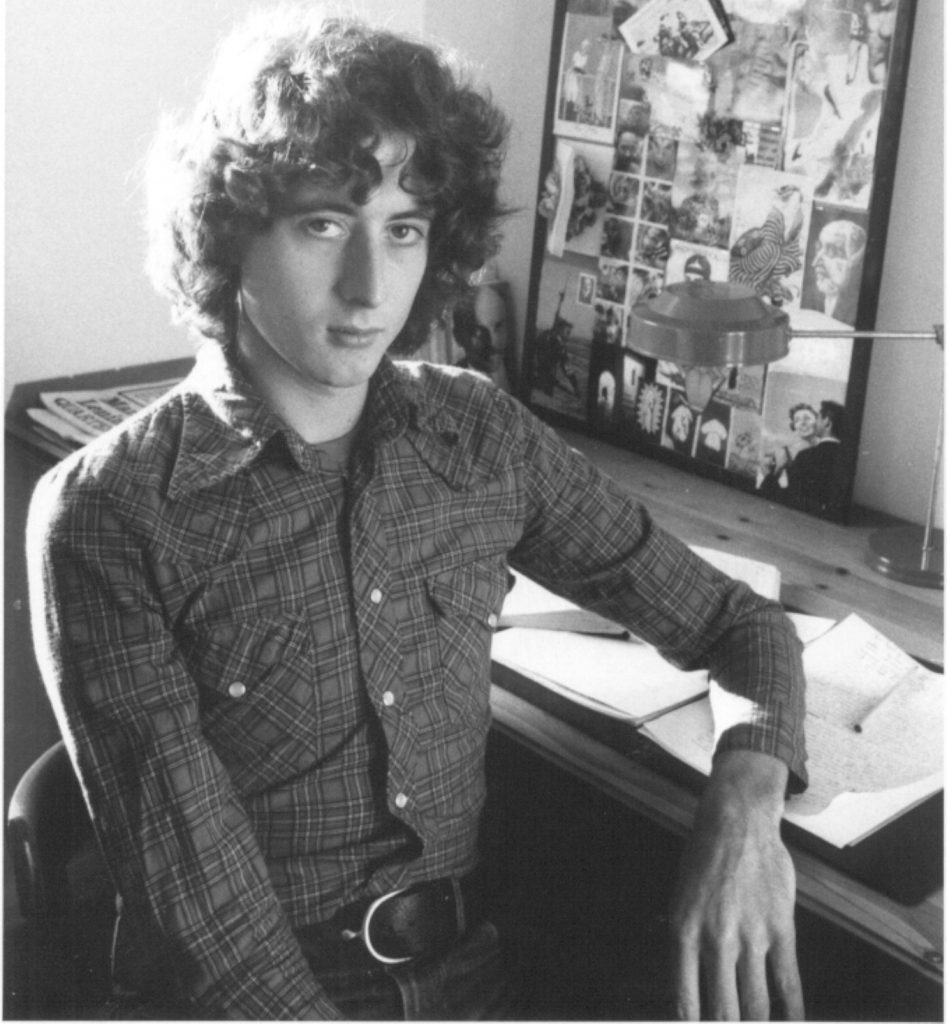
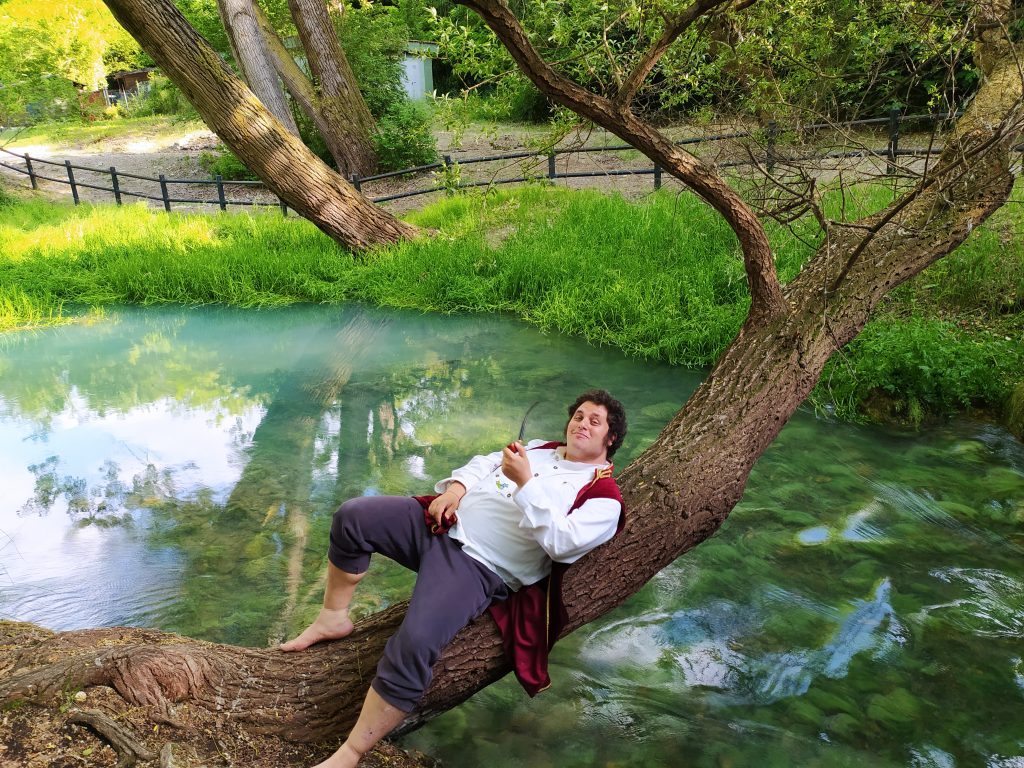
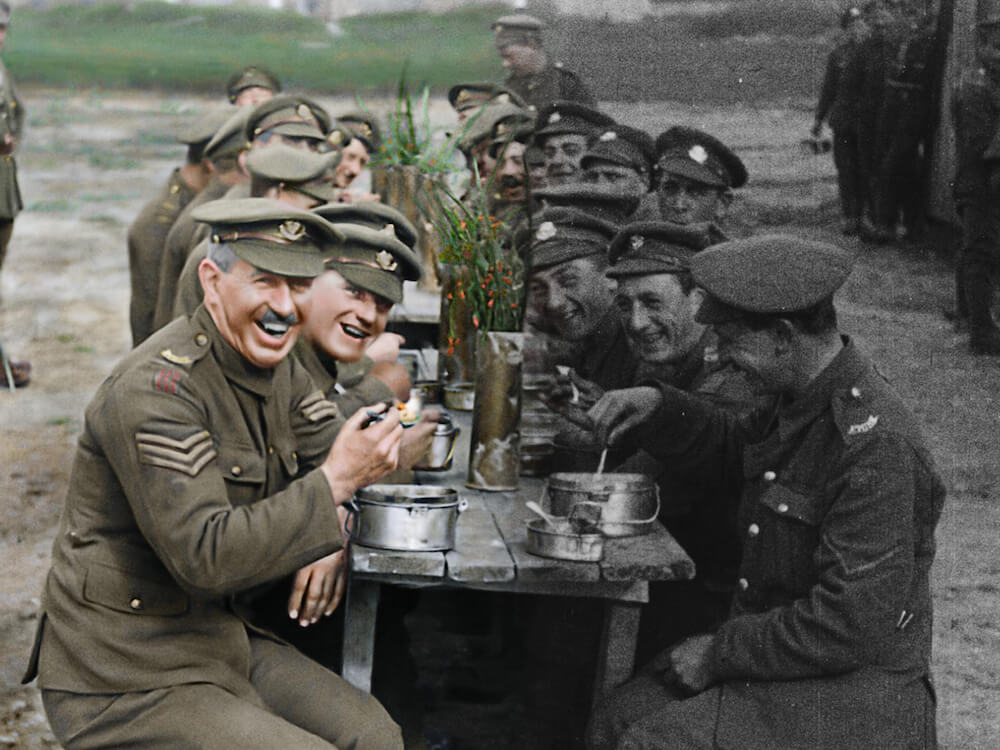
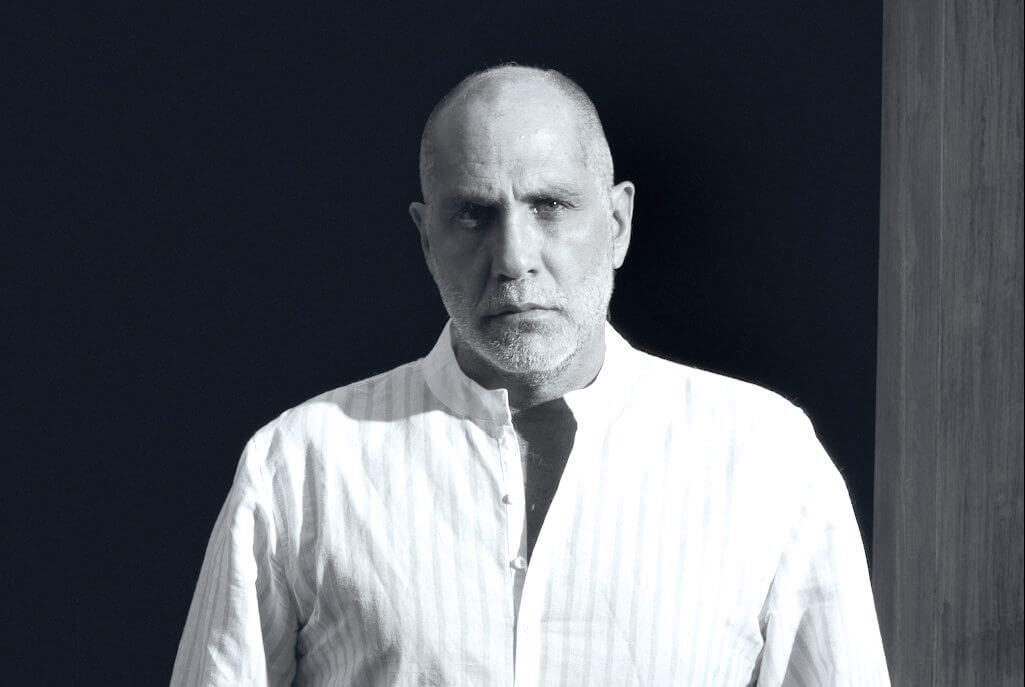
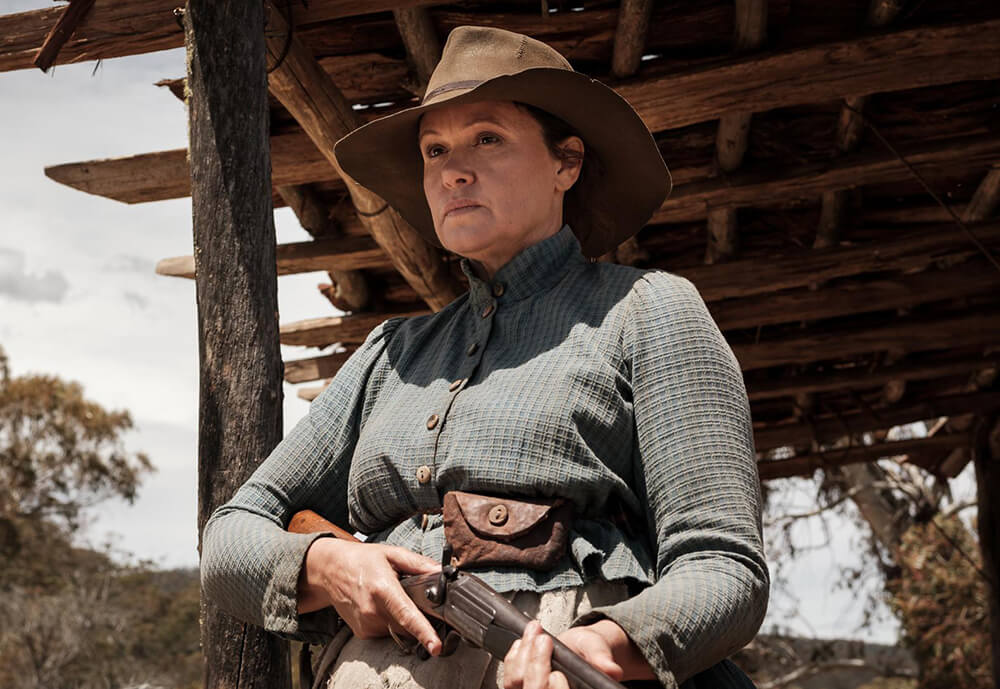
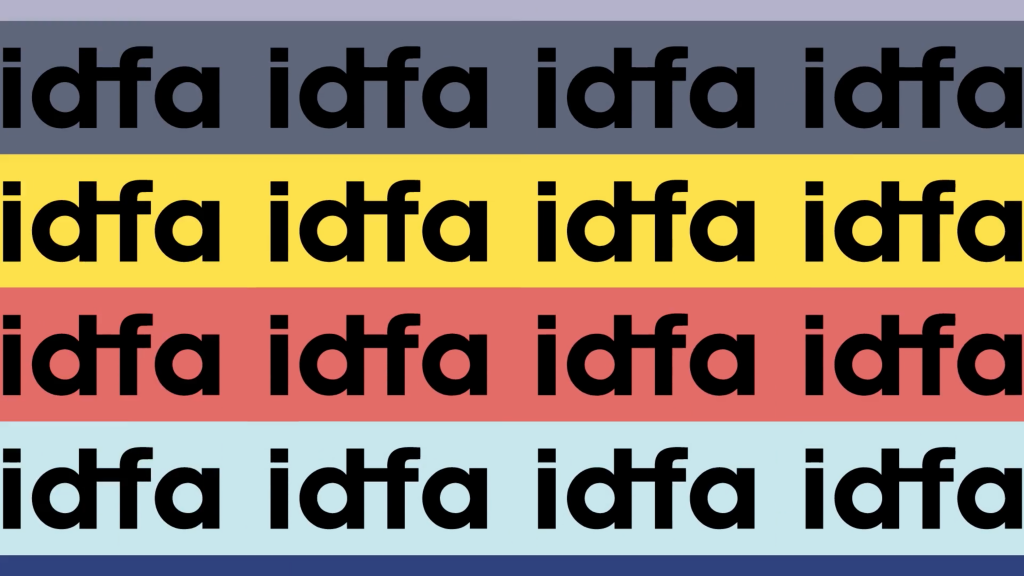
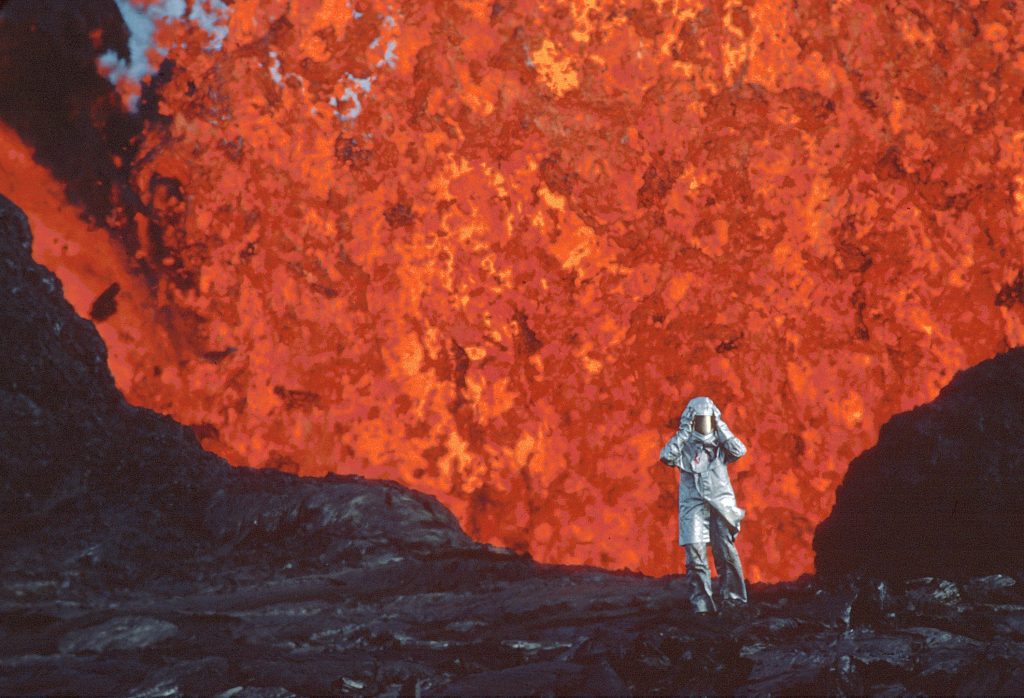
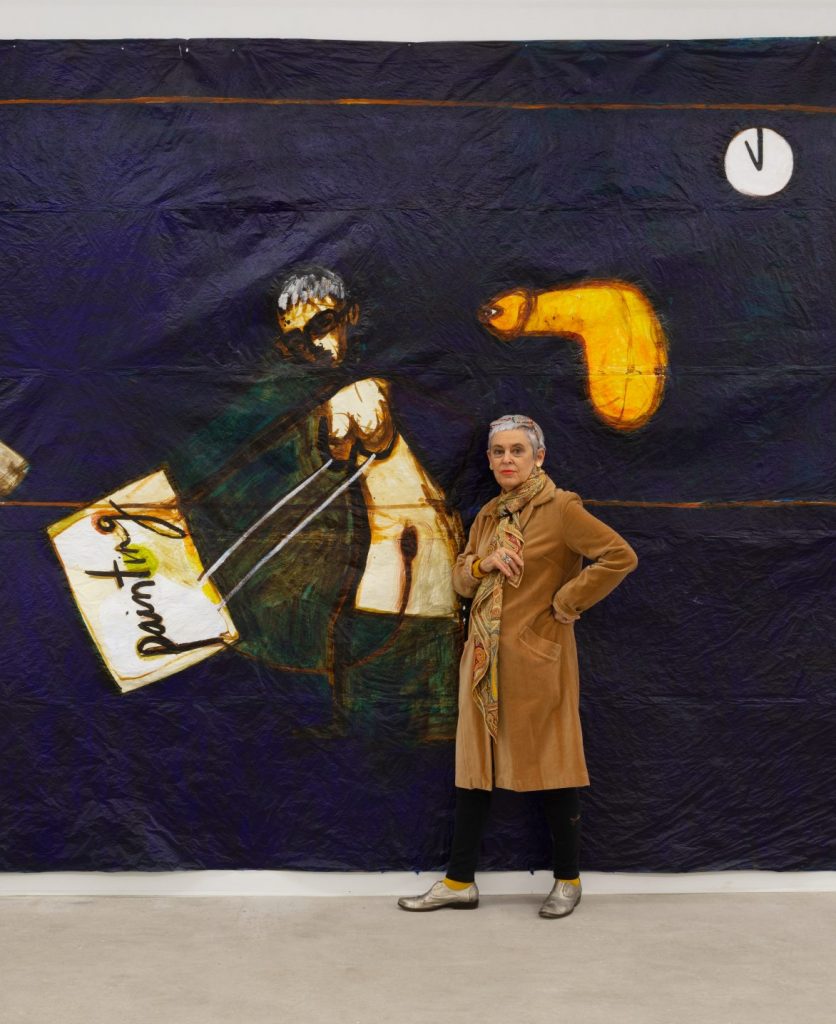
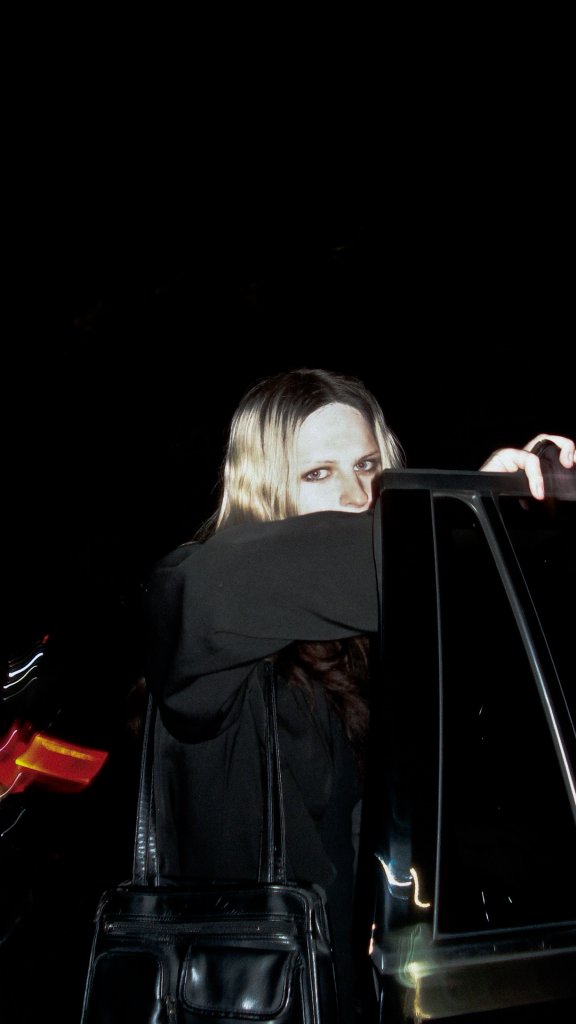

Responses